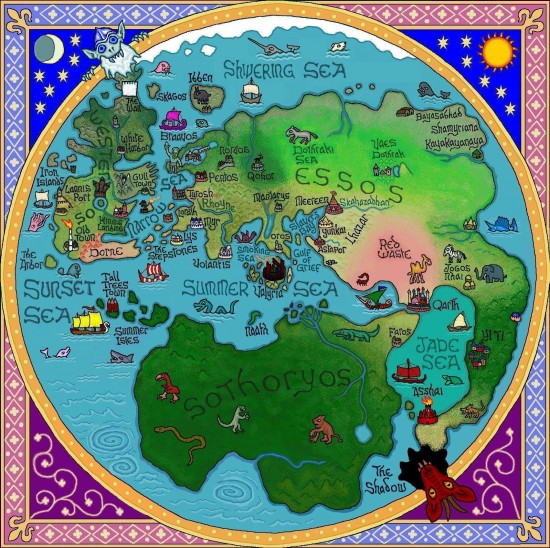


Eugene is able to observe students during gameplay, ask them questions, track their moves, and have them evaluate their choices as they play. As they rotate, selecting cards and writing, students are having fun and don't even realize that they're being assessed. The student selects a setting, writes a few sentences about it, and then passes the laptop to the next person, who picks the Protagonist card. The choices might include Mars, a pool, or the Empire State Building. After spinning a wheel to pick the narrator's point of view, the first student selects a Setting card. Each slide of the game has a set of cards offering choices of Setting, Protagonist, Antagonist, and Conflict. Storyweavers was created in PowerPoint and Keynote. Here's an example from Eugene's ninth grade English class, where students play Storyweavers, a collaborative storytelling game in which they produce an actual first draft of a story. The number one question that teachers ask us is: "How can I assess learning within my game?" Your own creativity can take you even farther. Here are some examples of creative ways that we’ve seen teachers use games for assessment. Teachers can create game-related performance tasks that are as interesting and engaging as the game itself. They offer valuable ways to unlock the instructional power of games and support a student-centered learning environment. These assessment tasks shouldn’t be seen as "extra work" for the teacher.


 0 kommentar(er)
0 kommentar(er)
